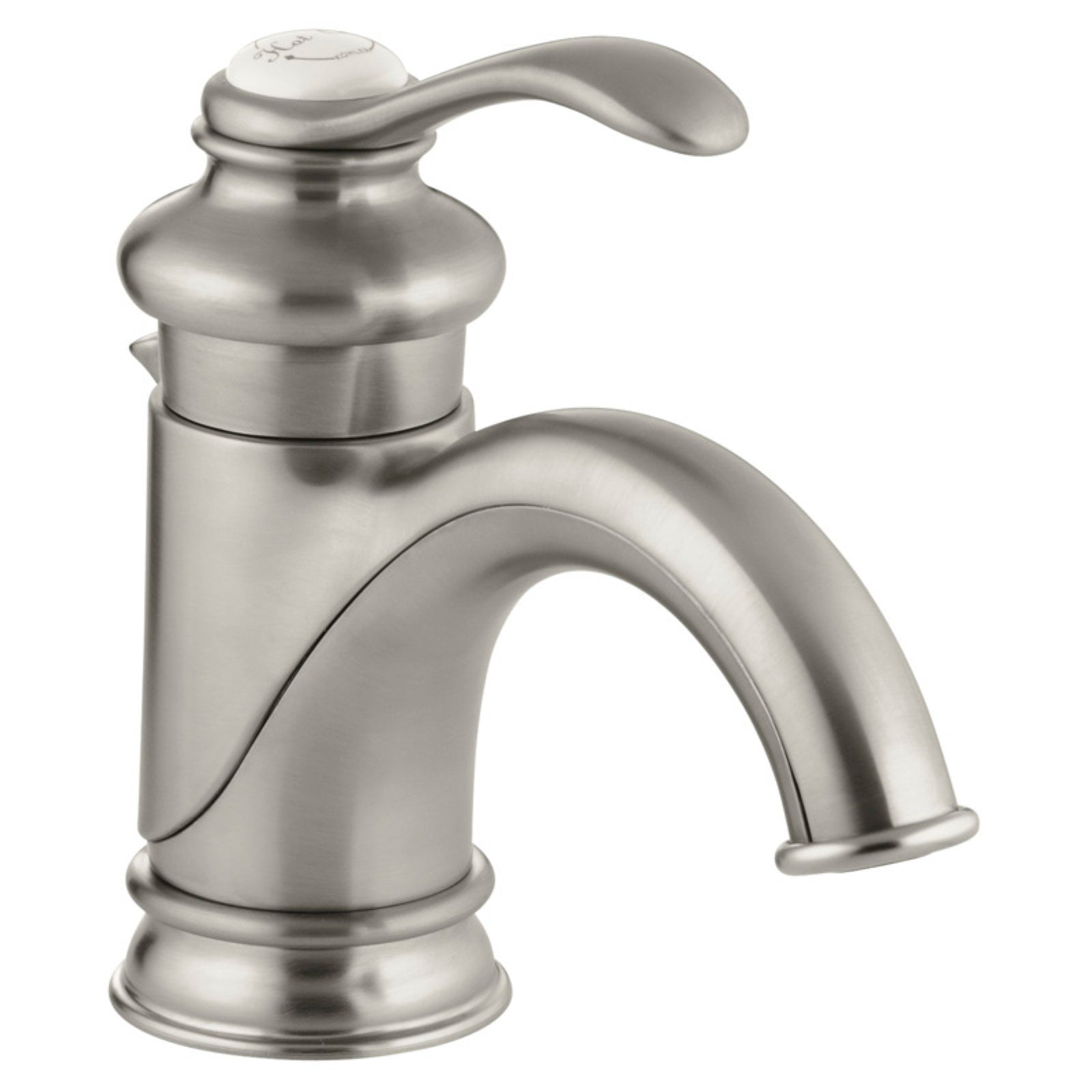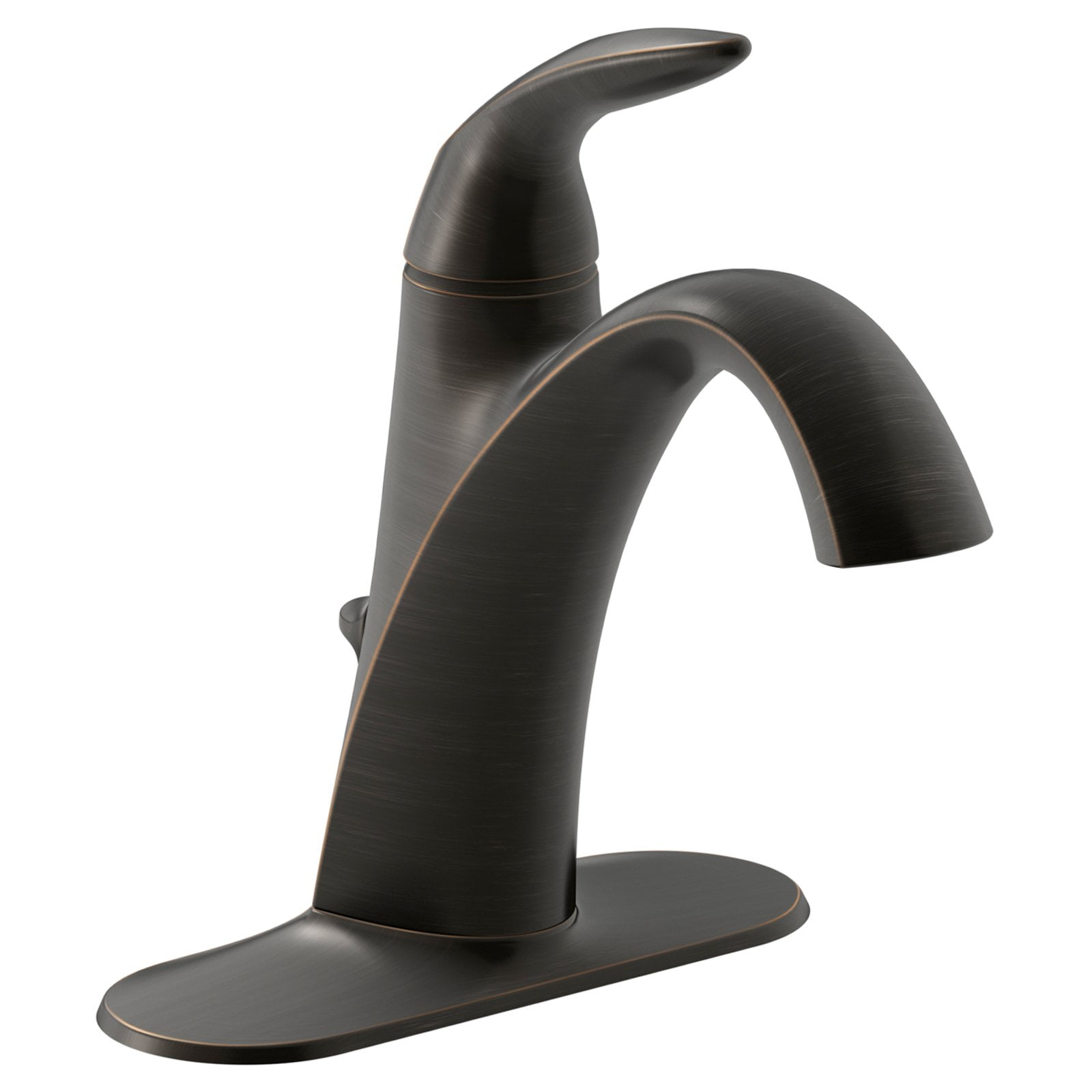Single Bathroom Sink Faucet Features

Single bathroom sink faucets are an essential part of any bathroom, providing both style and functionality. They come in a wide variety of types, materials, and finishes, so you can find the perfect one to match your bathroom décor. In this article, we will discuss the different types of single bathroom sink faucets available, the materials used in their construction, and the various finishes and styles that are available.
Your bathroom deserves the best, and a single bathroom sink faucet is a great way to upgrade your space. If you’re looking for a vanity that will complement your new faucet, consider a bathroom vanity with square sink. These vanities are stylish and modern, and they’re sure to make your bathroom look its best.
And to top it off, a single bathroom sink faucet is the perfect finishing touch for your new vanity.
Types of Single Bathroom Sink Faucets
There are three main types of single bathroom sink faucets: centerset, widespread, and wall-mounted. Centerset faucets are the most common type, and they are mounted on a single hole in the center of the sink. Widespread faucets are mounted on three holes in the sink, and they offer a more spread-out look. Wall-mounted faucets are mounted on the wall behind the sink, and they offer a sleek and modern look.
Functionality and Installation: Single Bathroom Sink Faucet

Single bathroom sink faucets offer various handle types, each with its unique functionality. Single-lever handles provide effortless control over water temperature and flow rate with a single motion. Dual-handle faucets feature separate handles for hot and cold water, allowing for precise temperature adjustments. Pull-down faucets incorporate a spray nozzle that can be extended for added reach and versatility.
Installing a single bathroom sink faucet requires careful preparation and attention to detail. Begin by gathering the necessary tools and materials, including the faucet, wrench, pliers, Teflon tape, and plumber’s putty. Disconnect the water supply lines and remove the old faucet. Apply plumber’s putty around the base of the new faucet and insert it into the sink hole. Tighten the mounting nuts securely using a wrench. Reconnect the water supply lines and test the faucet for leaks.
Regular maintenance and troubleshooting can ensure the longevity and optimal performance of single bathroom sink faucets. Regularly clean the faucet surface to prevent mineral buildup and corrosion. Check for leaks around the base of the faucet and tighten any loose connections. If the faucet is dripping, replace the washer or O-ring. For more complex issues, consult a qualified plumber for assistance.
Design and Aesthetics

The design of your single bathroom sink faucet can play a significant role in the overall look and feel of your bathroom. Here are a few ideas to help you choose the right faucet for your space:
- Consider the style of your bathroom. If you have a traditional bathroom, you might want to choose a faucet with a classic design. If you have a more modern bathroom, you might want to choose a faucet with a more contemporary look.
- Think about the finish of your faucet. Faucets come in a variety of finishes, including chrome, brushed nickel, and oil-rubbed bronze. Choose a finish that complements the other fixtures in your bathroom.
- Consider the size of your sink. Make sure to choose a faucet that is the right size for your sink. A faucet that is too small will look out of proportion, and a faucet that is too large will be difficult to use.
Incorporating a Single Bathroom Sink Faucet into a Bathroom Remodel
If you are remodeling your bathroom, you will need to decide where to place your new single bathroom sink faucet. Here are a few tips:
- Consider the location of your sink. The faucet should be placed so that it is easy to reach and use. It should also be placed so that it does not interfere with the other fixtures in your bathroom.
- Think about the height of your faucet. The faucet should be placed at a height that is comfortable for you to use. It should also be placed so that it does not splash water on the counter or floor.
- Choose a faucet that complements the other fixtures in your bathroom. The faucet should be the same style and finish as the other fixtures in your bathroom.
Latest Trends in Single Bathroom Sink Faucet Design
The latest trends in single bathroom sink faucet design include:
- Touchless faucets. Touchless faucets are becoming increasingly popular because they are easy to use and help to prevent the spread of germs.
- Pull-down faucets. Pull-down faucets are a great option for small bathrooms because they can be pulled down to reach all areas of the sink.
- Wall-mounted faucets. Wall-mounted faucets are a great way to add a touch of style to your bathroom. They are also a good option for small bathrooms because they take up less space.
The single bathroom sink faucet, a common sight in many homes, is a versatile fixture that can complement various bathroom sinks. From pedestal sinks to vessel sinks, the faucet’s design can seamlessly blend with different sink styles. Exploring different types of bathroom sinks can help you choose a combination that suits your bathroom’s aesthetics and functionality.
Ultimately, the single bathroom sink faucet remains a crucial element, providing both practicality and style to your daily routine.